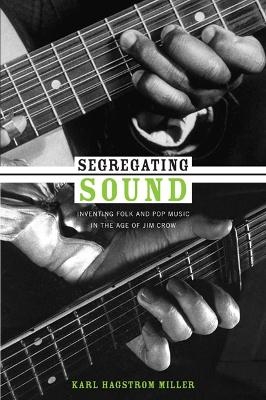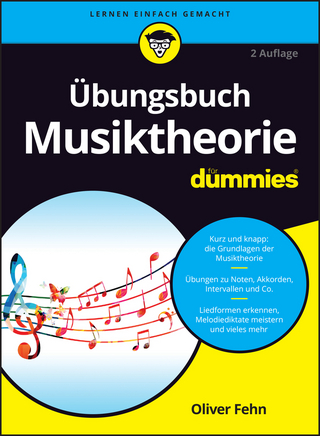
Segregating Sound
Duke University Press (Verlag)
978-0-8223-4700-2 (ISBN)
In Segregating Sound, Karl Hagstrom Miller argues that the categories that we have inherited to think and talk about southern music bear little relation to the ways that southerners long played and heard music. Focusing on the late nineteenth century and the early twentieth, Miller chronicles how southern music—a fluid complex of sounds and styles in practice—was reduced to a series of distinct genres linked to particular racial and ethnic identities. The blues were African American. Rural white southerners played country music. By the 1920s, these depictions were touted in folk song collections and the catalogs of “race” and “hillbilly” records produced by the phonograph industry. Such links among race, region, and music were new. Black and white artists alike had played not only blues, ballads, ragtime, and string band music, but also nationally popular sentimental ballads, minstrel songs, Tin Pan Alley tunes, and Broadway hits. In a cultural history filled with musicians, listeners, scholars, and business people, Miller describes how folklore studies and the music industry helped to create a “musical color line,” a cultural parallel to the physical color line that came to define the Jim Crow South. Segregated sound emerged slowly through the interactions of southern and northern musicians, record companies that sought to penetrate new markets across the South and the globe, and academic folklorists who attempted to tap southern music for evidence about the history of human civilization. Contending that people’s musical worlds were defined less by who they were than by the music that they heard, Miller challenges assumptions about the relation of race, music, and the market.
Karl Hagstrom Miller is an Assistant Professor who teaches in the History Department and the Sarah and Ernest Butler School of Music at the University of Texas, Austin.
Acknowledgments vii
Introduction 1
1. Tin Pan Alley on Tour: The Southern Embrace of Commercial Music 23
2. Making Money Making Music: The Education of Southern Musicians in Local Markets 51
3. Isolating Folk, Isolating Songs: Reimagining Southern Music as Folklore 85
4. Southern Musicians and the Lure of New York City: Representing the South from Coon Songs to the Blues 121
5. Talking Machine World: Discovering Local Music in the Global Phonograph Industry 157
6. Race Records and Old-Time Music: The Creation of Two Marketing Categories in the 1920s 187
7. Black Folk and Hillbilly Pop: Industry Enforcement of the Musical Color Line 215
8. Reimagining Pop Tunes as Folk Songs: The Ascension of the Folkloric Paradigm 241
Afterword: "All Songs is Folk Songs" 275
Notes 283
Bibliography 327
Index 351
| Reihe/Serie | Refiguring American Music |
|---|---|
| Verlagsort | North Carolina |
| Sprache | englisch |
| Maße | 156 x 235 mm |
| Gewicht | 522 g |
| Themenwelt | Kunst / Musik / Theater ► Musik |
| Sozialwissenschaften | |
| ISBN-10 | 0-8223-4700-8 / 0822347008 |
| ISBN-13 | 978-0-8223-4700-2 / 9780822347002 |
| Zustand | Neuware |
| Informationen gemäß Produktsicherheitsverordnung (GPSR) | |
| Haben Sie eine Frage zum Produkt? |
aus dem Bereich


